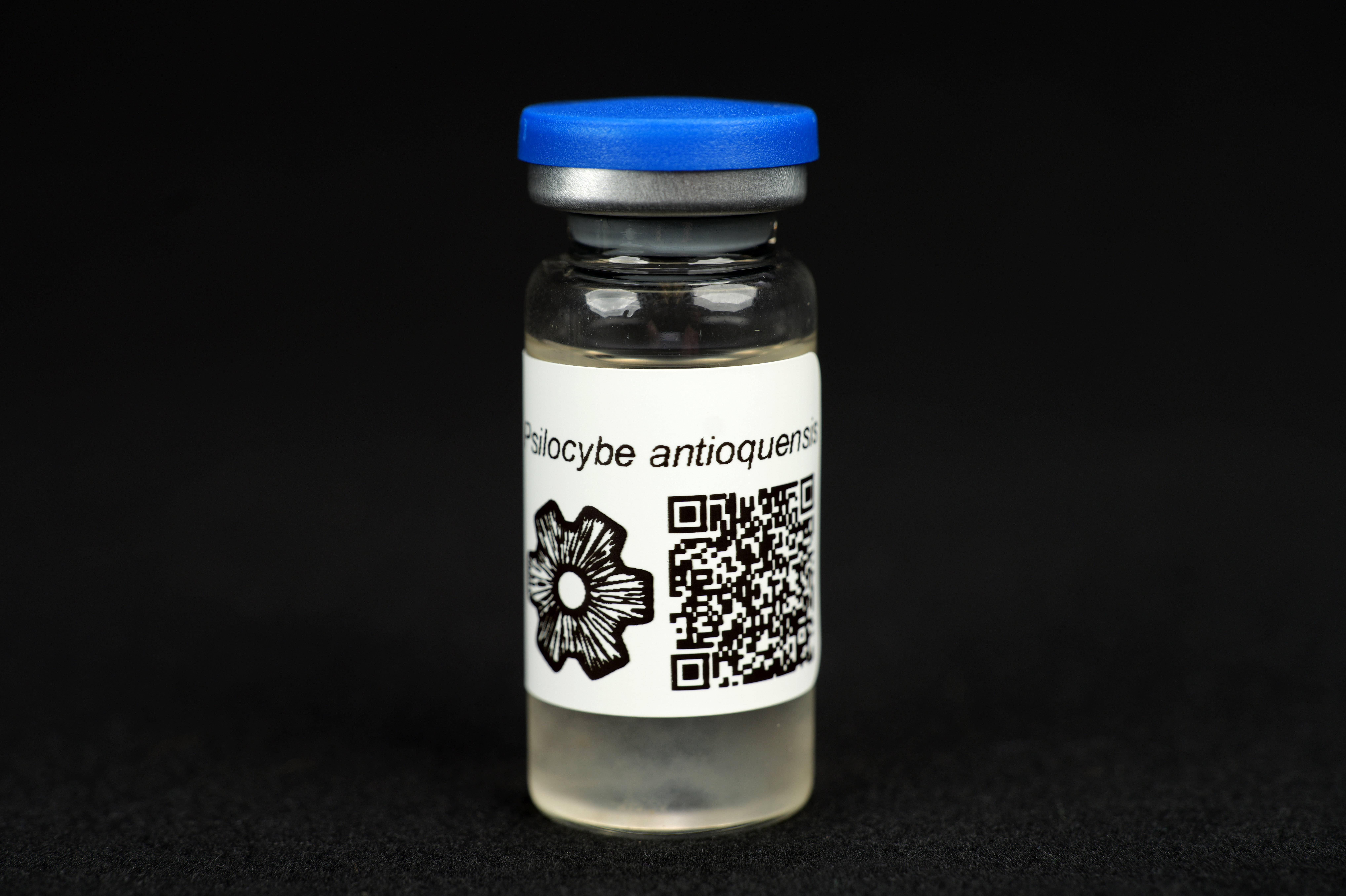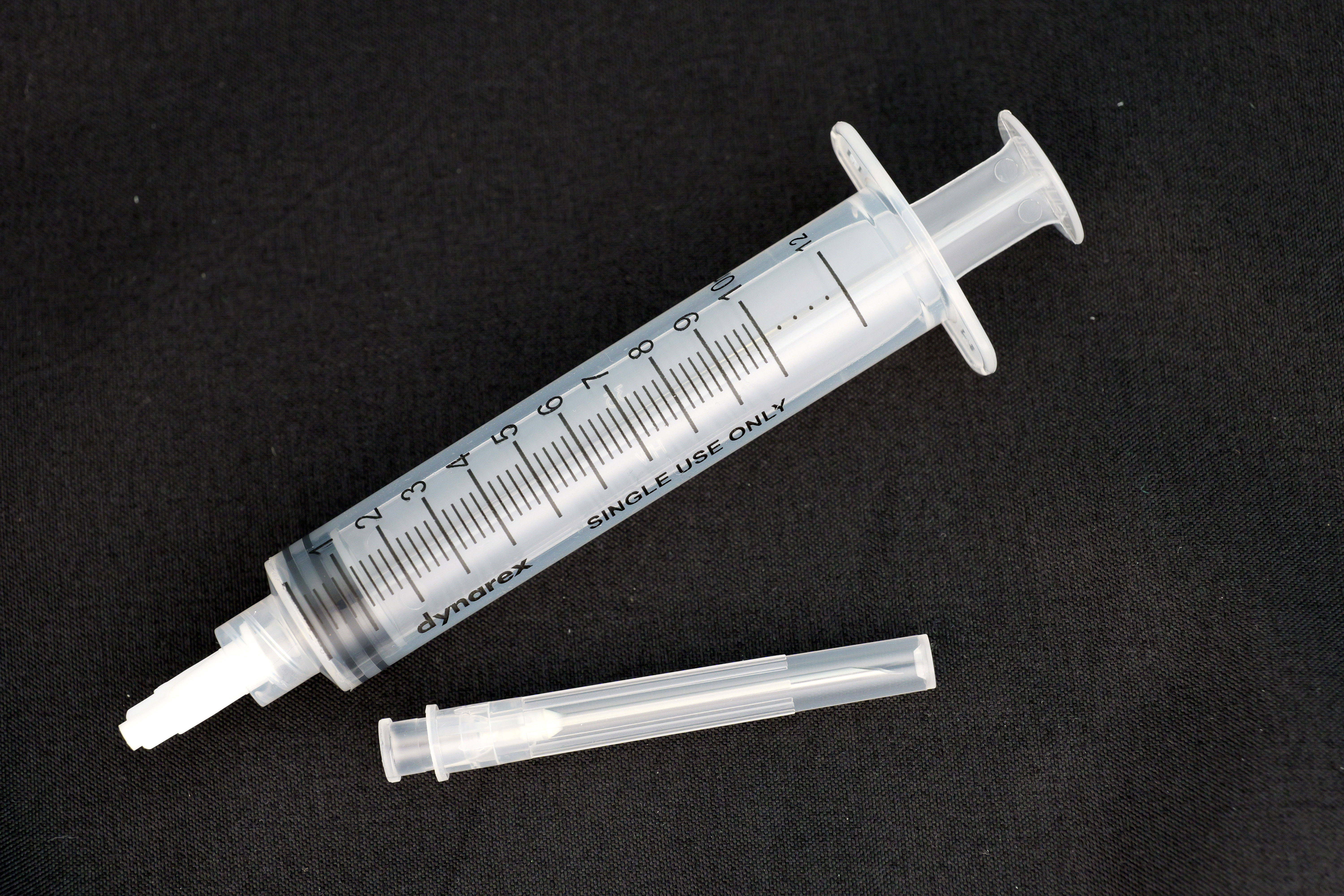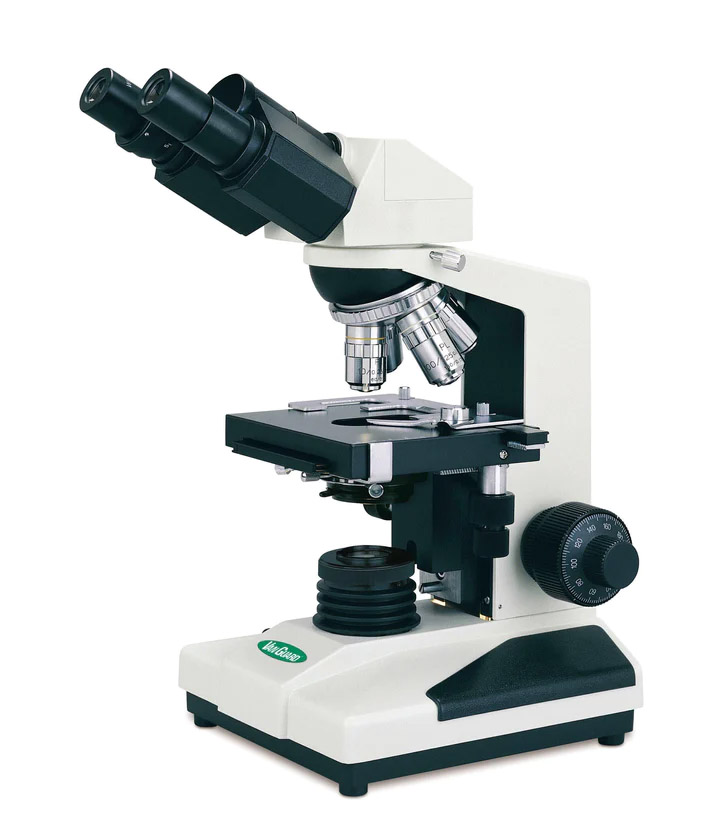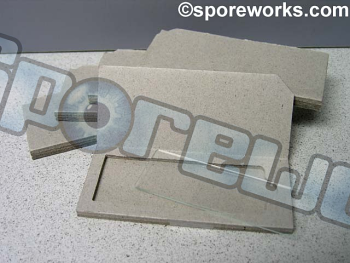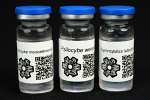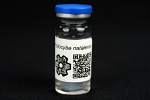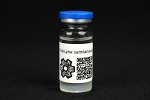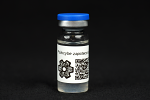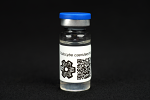P. cf. antioquiensis (P. angkoria sp. nov.) : MycoTrue(TM) Isolate Vial
Description
|
Introductory Pricing! - For a limited time, enjoy examining the exciting new MycoTrue(TM) Isolate Vials for only $39 each! That's almost 30% off regular price! MycoTrue(TM) - DNA verified research material as liquid isolate in aqueous solution. Provided in 10ml glass serum vial with injectable lid. Store refrigerated, guaranteed 6 months after receipt of order. Designed for accredited laboratories. Each order provided with one sterility packaged syringe filter, syringe, and needle. See instructions and video below
P. cf. antioquiensis (P. angkoria sp. nov.) Initially proposed as the new species Psilocybe angkoria sp. nov. (Sihanonth and Allen) in 2003. it was later “identified” as Psilocybe antioquiensis by Dr. Gaston Guzman. P. antioquiensis was formerly reported from Mexico and South America and the identification of the Cambodian material is now suspect. The holotype from Columbia has yet to be genetically sequenced, but based on published microscopy, it is likely a synonym of P. mexicana (Section Mexicanae). The material offered here was sequenced and is the equivalent of sample “Allen C” in Section Zapotecorum. Without the holotype sequence for a direct comparison for species confirmation, we will label this sample as Psilocybe cf. antioquiensis. It is likely an undescribed species and may go back to its originally proposed name of P. angkoria which we don’t think was ever actually published. Although laboratory specimens resemble P. mexicana, this species has not been observed to form sclerotia. Description
Microscopic Features:
Ecology & Distribution
Phylogeny
ITS SEQUENCE:
TTCCGTAGGTGACTCGCGGAACGATCATTATTGAATGAACTTGACTCAGTTGTAGCTGGTCCTCTCGGGGGCATGTGCTCGCTGTGTCATCTTTATCTATCCACCTGTGCACCTTTTGTAGACTTGGGACTAGTGAACGGGAGAGCTTGCTCTCCTAGAAGCTACTCCAGGCCTATGTTTTCATATACCCCAAAGAATGTAATAGAATGTACTGTATGGCCTTGTGCCTATAAATCATATACAACTTTCAGCAACGGATCTCTTGGCTCTCGCATCGATGAAGAACGCAGCGAAATGCGATAAGTAATGTGAATTGCAGAATTCAGTGAATCATCGAATCTTTGAACGCACCTTGCGCTCCTTGGTATTCCGAGGAGCATGCCTGTTTGAGTGTCATTAAATTCTCAACCATACCAGCTTTTGCTGATAATGGCTTGGATGTGGGGGTCTTTTGCTGGCTTTAGTCGGCTCCCCTCAAATGTATTAGCCGGTGCCCCGCGCAGAGCCGTCTATTGGTGTGATAATTATCTACGCCGTGGATGTCTGCATTAATGGGATGTACTGCTTCTAACGTCCTTCATGGACACTTAATGACAATTGACTCAATCAGTA HOW TO UTILIZE MYCOTRUE VIALS - (see video below)
* MycoTrue(TM) intended for microscopy and taxonomy purposes only. Images provided for informational and educational reference only and originate from cultivators and labs outside the US. Cultivation of this species is illegal in many countries including the United States. Please check your local regulations. California, Idaho, Florida, and Georgia residents: Orders requesting Psilocybe Genera Spores shipped to California, Idaho, Florida, and Georgia will be refused, voided, or refunded. Possession of these mushroom spores may be illegal in CA, ID, FL, and GA without the proper permissions. |
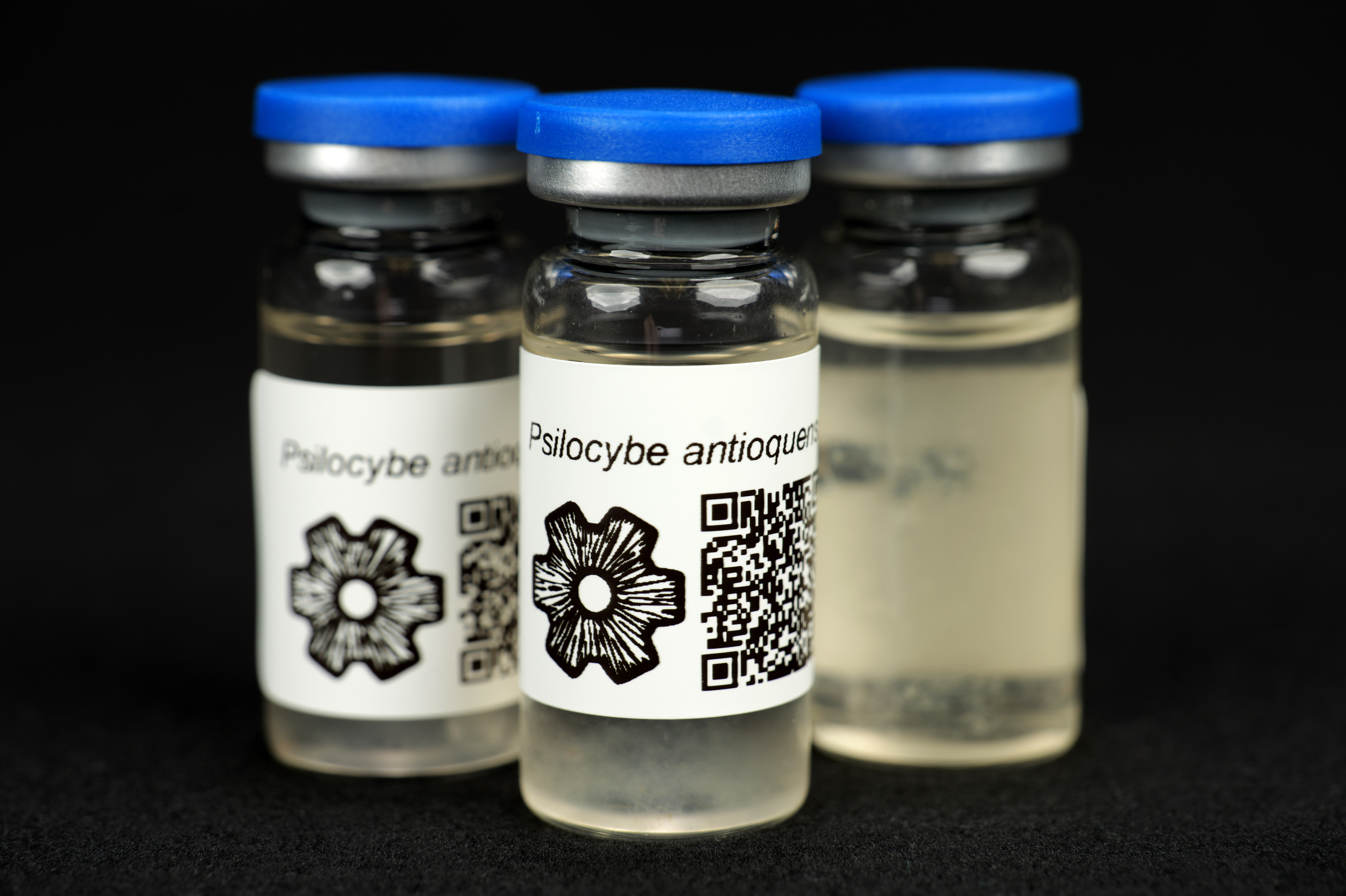
Psilocybe antioquensis : MycoTrue(TM) Isolate Vial

